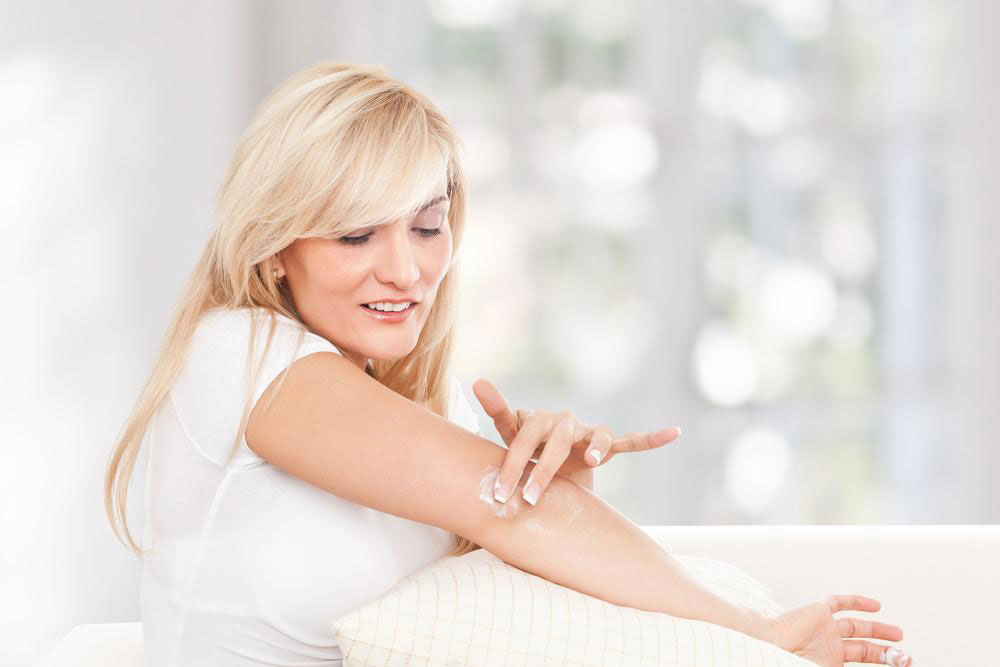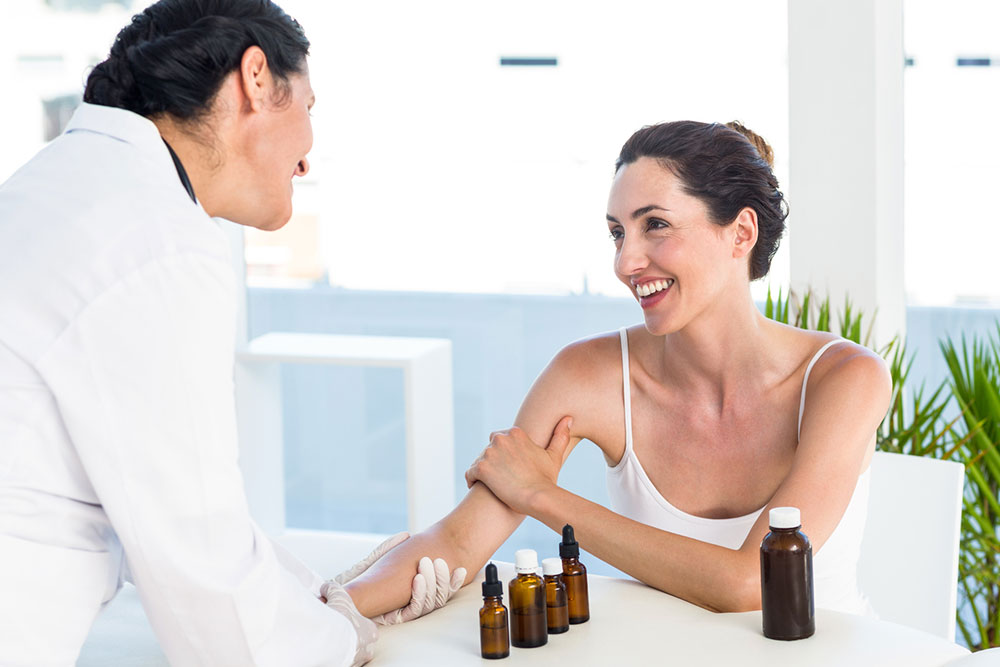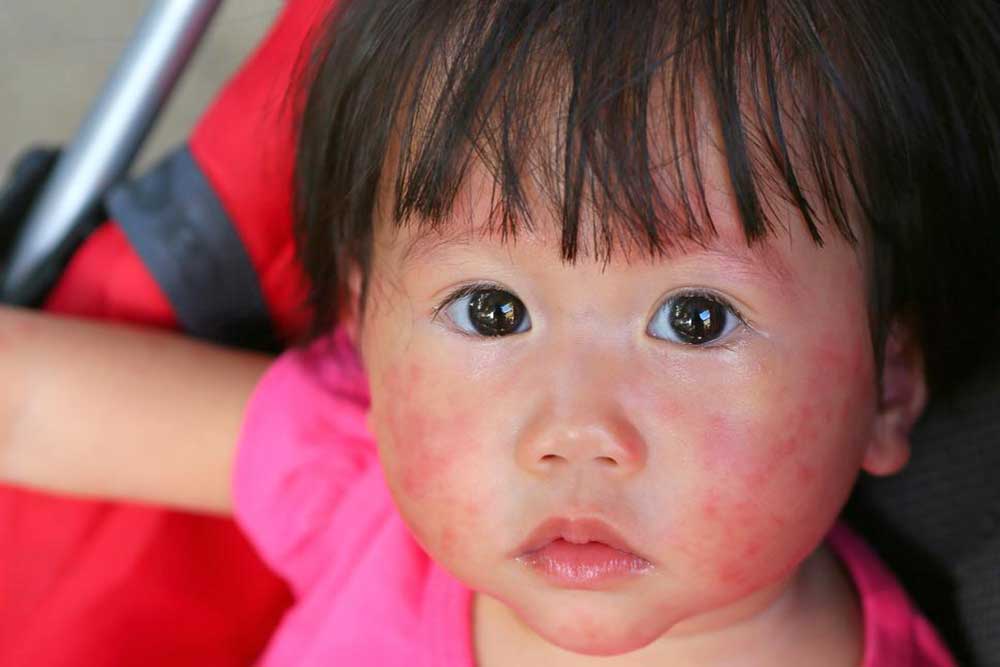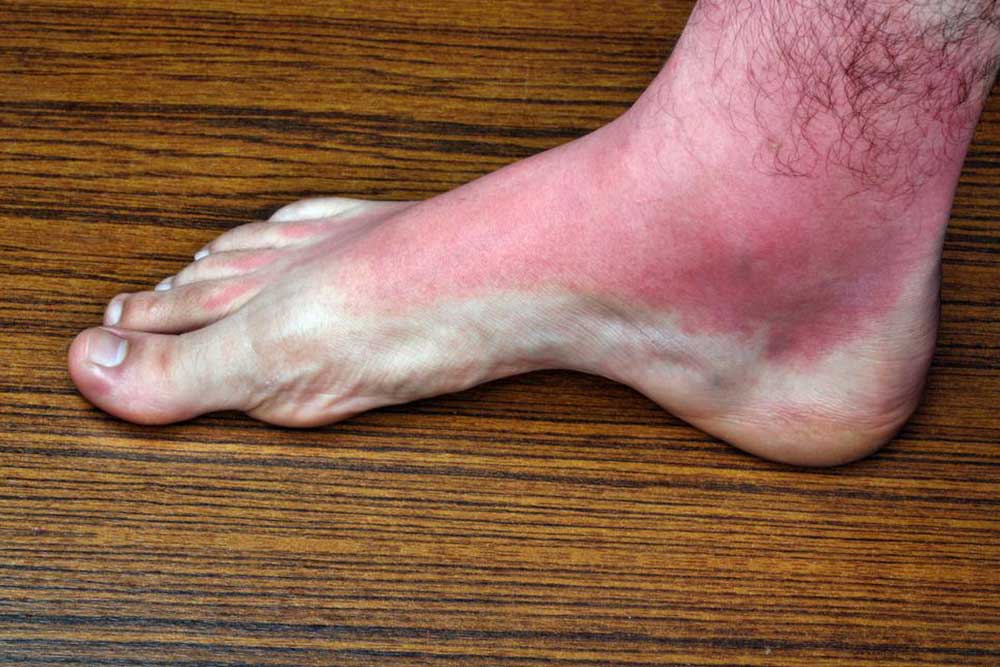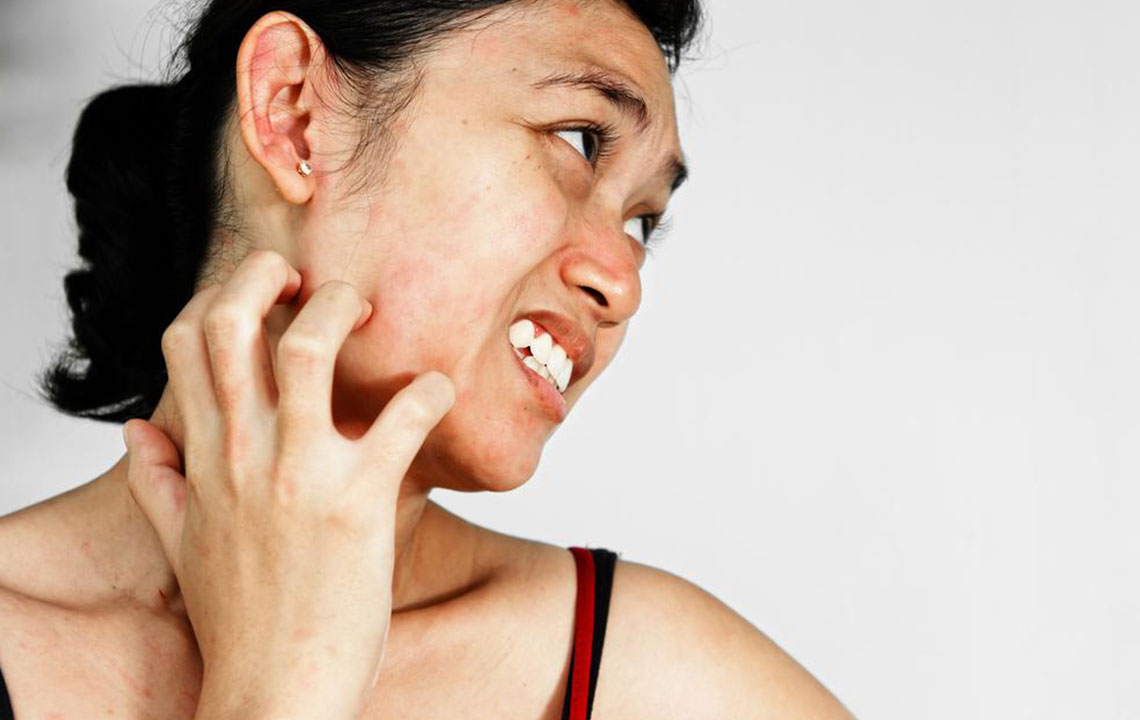Essential Guide to Recognizing and Understanding Skin Rashes
Learn how to recognize various skin rashes, their causes, and when to seek medical help. This guide covers common types like contact dermatitis, insect bites, fungal infections, and more, helping you understand symptoms and appropriate care. Early diagnosis and proper hygiene are essential for effective treatment and skin health.
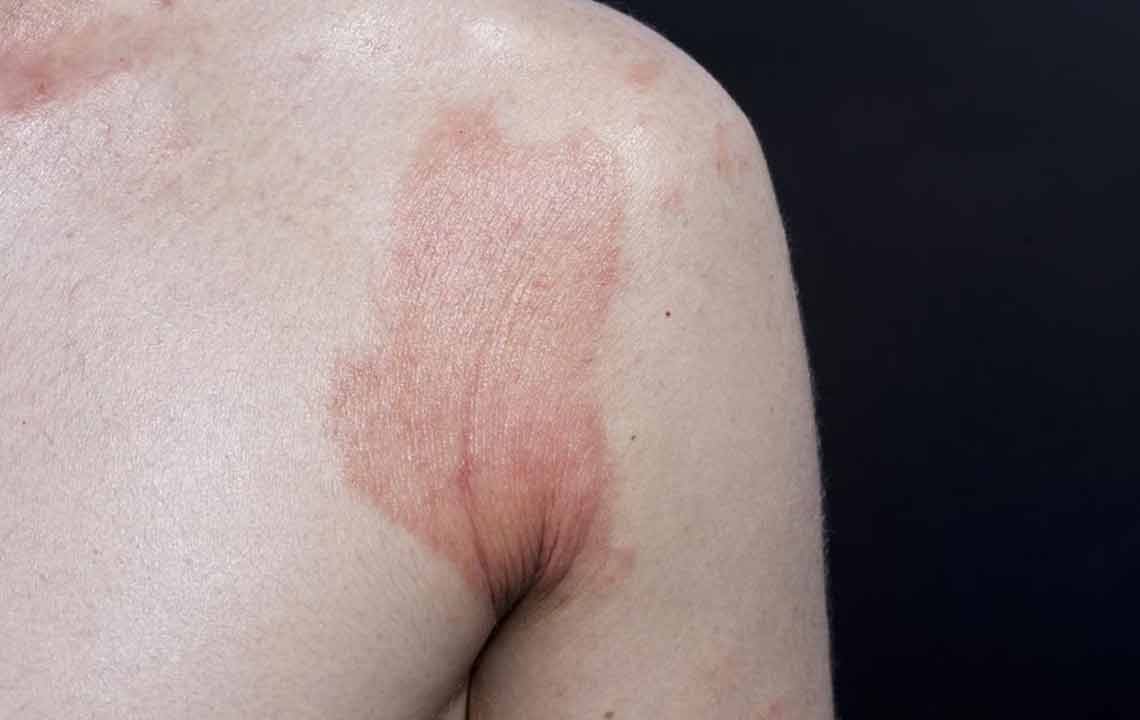
How to Recognize and Diagnose Skin Rashes
Skin rashes, characterized by itchy, swollen, and irritated areas, can cause significant discomfort. Their appearance and symptoms vary depending on the underlying cause. Conditions like eczema and psoriasis often lead to rashes, but triggers such as stress, allergies, or insect bites can as well. While generally not dangerous, early identification is crucial. Consulting a dermatologist promptly ensures proper treatment. Rashes may appear quickly or develop gradually over days. Recognizing different types helps determine the appropriate response and care.
Common Causes
Typical reasons for rashes include:
Ingredients in cosmetics, soaps, and cleaning agents like detergents and lotions
Colorants and dyes in clothing
Chemicals in rubber, latex, and elastic products
Poisonous plants such as poison oak, poison ivy, and poison sumac
Medication reactions
Insect bites from mosquitoes, ticks, and other bugs
Underlying infections or health conditions
The onset of rashes can be immediate or develop slowly over time.
Monitoring the rash's appearance, itchiness, or pain helps determine the urgency. Rashes that fade within a couple of days are often drug or chemical reactions. If they persist beyond several days, it may indicate a more serious issue. Immediate consultation with a healthcare professional is advised for persistent or severe cases.
Contact Dermatitis: Red, itchy, and burning skin caused by contact with irritants or allergens. Immediate washing with mild soap can reduce symptoms.
Insect Bites: Bumps that swell and turn red, often itchy or painful. Bites from mosquitoes or ants typically require medical attention if caused by spiders or other dangerous insects.
Fungal Infections: Commonly seen as ringworm, yeast infections, or nail fungus. Symptoms include itching, peeling, and skin cracking. Medical treatment is necessary, as regular cleaning isn't enough.
Scabies: Caused by mites, resulting in intense itching and small red bumps, mainly on wrists, elbows, and between fingers. Treatment is urgent due to contagion risk.
Hay Fever: Allergic reaction to pollen causing widespread hives, redness, swelling, and rash. Allergy medications can alleviate symptoms.
Measles: A contagious illness marked by a red, itchy rash starting at the head, along with cough, fever, and mouth spots. Immediate care is crucial.
Cutaneous Candidiasis: Fungal infection in body folds like armpits and groin, often due to poor hygiene or tight clothing. Improving hygiene helps manage it.
Eczema: Chronic condition with dry, flaky skin, mostly on elbows, knees, and neck. It causes itching and scratching, risking skin infections.
Shingles: Viral infection with painful, blistered rashes on the torso, face, or neck. Medical treatment is needed for recovery.
Persistent or long-lasting rashes should be evaluated by a healthcare provider. Maintaining good hygiene, staying hydrated, moisturizing, and eating well are key to healthy skin free of rashes.

